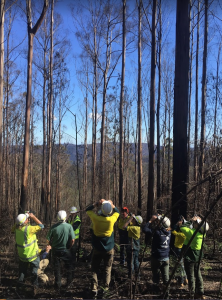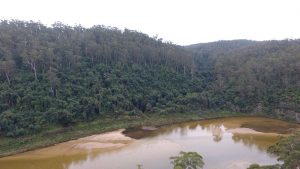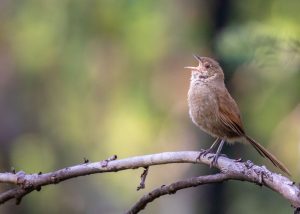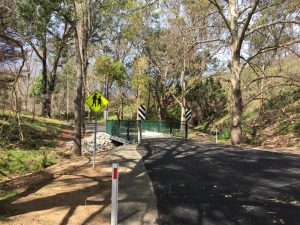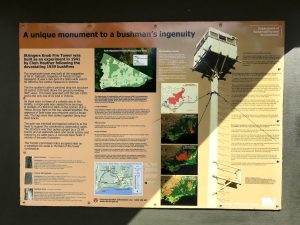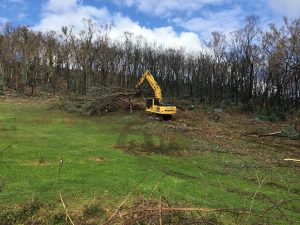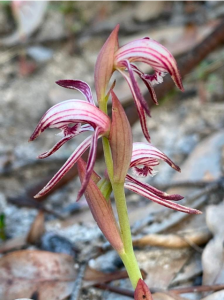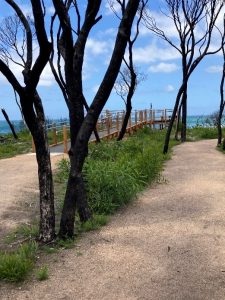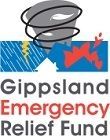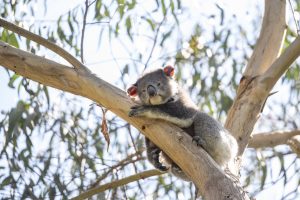Recovery Overview
This theme includes a range of pages to provide information and insights into how our natural environment was impacted and is recovering from the fires, both naturally and with the help of agencies, researchers and the community.
This theme of the Community Bushfire Connection page is all about the recent 2019/20 East Gippsland fires and the efforts underway to assist with and understand the natural environments recovery from this event.
The 2020 East Gippsland Fires
It all began on the 21st November 2019, but it was the built-up culmination of 3 years of drought that led to one of the biggest fires we have experienced. A lightning belt moved across Gippsland, in a pattern typical of many early summers. It started over 30 fires across East Gippsland, in most years, the front would be followed by mild weather and rapid and aggressive attack by fire crews would see fires contained before they grew to any substantial size but the drought and dry forests quickly grew these fires beyond the capabilities of the first firefighters to contain.
In fact it was 140 days before the fires were contained. The 2006/07 Great Divide Fire went for what seemed like a staggering 69 days, so this was twice as long as the longest previous fire campaign.
By the 23rd, whilst some fires had been contained , 14 were still active and uncontrolled. By mid December 4 main fires remained, all at significant size, with three of them contained at their edge by control lines.
On the night of the 20th December, under a strong NW wind, the uncontained fire became active and overnight burnt over 30,000, an extraordinary fire growth in the middle of the night.
By the 29th of December the fires were held along control lines, but fire was burning freely east of the Snowy River. For two days of hot and dangerous weather the fires held at their containment lines but then on the third day of high winds, high temperatures and an unstable atmosphere causing new lighting, both new fires and contained and inactive edges of existing fires erupted and grew to a huge size. In the end over a million hectares was burnt and many towns and communities impacted. By mid-January the army arrived along with international firefighters from the US and Canada.
The fire impacts were significant, in Gippsland
- 3 people lost their lives, 2 of which were firefighters
- 392 principal places of residence were destroyed or damaged
- 56% of the shire had been impacted
- 1,074,841 hectares burnt
- The Princes Highway closed for 37 days
- 14 townships were cut off and isolated including 8000 people trapped in Mallacoota. Many were without power, communications , water and unable to feed or secure stock
46,000 East Gippsland residents were either directly or indirectly impacted, 13 relief centres were established and supported over 200 stranded or evacuating residents.
The impacts on the economy and our farms included
- 17% of agricultural land burnt with 980 farms impacted
- 1500 livestock died, 337 sheds and over 3000 km of fencing destroyed or damaged
- $92M of lost agricultural output, $200M of tourist income with ongoing losses over the next 3-5 years
Fire is a natural process to which our environment is well adapted but the impacts of such a large intense fire were significant.
- 32% of all known cool temperate rainforest in East Gippsland was burnt
- 77% or our warm and dry rainforest was burnt
- 53% or our water supply catchments and 32,000ha of waterways were impacted
- 30% of our old growth forests were burnt and 86% of protected areas such as National Parks impacted
The following video shows the fire progression in North East Gippsland between November 2019 and February 2020
This video tells the story of the first aerial biodiversity survey of Eastern Victoria following the 2019/20 bushfires. (Warning: contains footage which some people may find distressing.)
Useful links
- DELWP bushfire recovery
- From Kangaroo Island to Mallacoota, citizen scientists proved vital to Australia’s bushfire recovery
- Dire outlook for native freshwater fish with 22 species given less than 50% chance of survival
- Atlas Fire Recovery Project
- Natural Values Recovery Program following the 2009 bushfires
- Nature Australia: Bushfire Recovery
- Australian bush begins its long bushfire recovery
- The Australian bushfires—why they are unprecedented
- CMA page
- Bushfire Natural Hazards CRC pages on recovery
- GLaWAC
- Heritage Victoria
- Firewood collection in your region
- East Gippsland bushfire planning and recovery
Your ideas or how to be involved
We would encourage you to participate and share your thoughts and insights into this recovery. If you are interested in contributing material or information of if there are specific aspects of the environments recovery you would like us to provide more information please contact us at the following email address cbushfire@gmail.com
